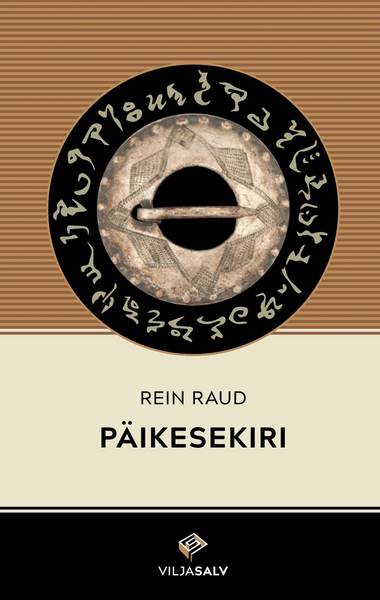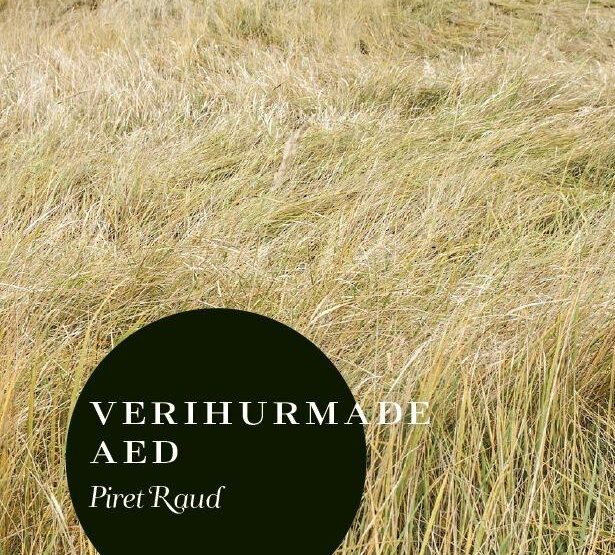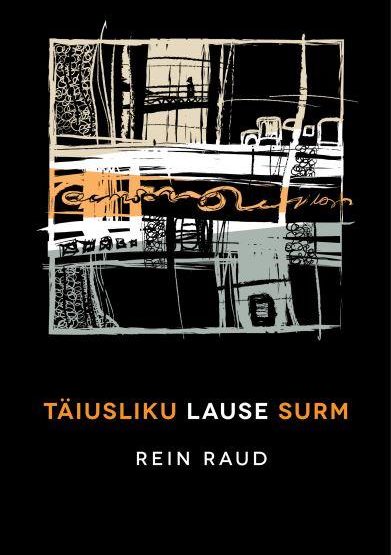Rein Raud is an author, philosopher, and Asian Studies scholar whose works never go unnoticed. Raud’s numerous novels serve as a literary stage for him to act out academic and philosophical topics. I’ve personally had conflicting thoughts regarding this, as it has generally resulted in books that are overloaded with erudition like an Umberto Eco title.
Nevertheless, Raud struck a masterful balance in The Sun Script. I have to agree with the writer Karl-Martin Sinijärv, who wrote: “I believe that The Sun Script is Rein Raud’s best book to date. The style of writing is casual and pleasant, and that’s just the way it reads.”
The story takes place in the tumult of early-20th-century Russia, as well as in China, Japan, and Estonia. Two protagonists embark on journeys in opposite directions: one from the thick forests of the west, the other from the misty mountains of the east. Strongwoman Lily Ojamaa starts as a member of a traveling circus and, after ample adventures, ends up becoming a sumō wrestler. Her prototype is the historical figure Anette Busch (1882–1969), who became the first foreign female rikishi in Imperial Japan. As Raud acknowledges in the afterword, however, the scant details we know about Anette’s biography merely provided inspiration for the greater story.
Trekking westward with the unforeseen final destination of Tallinn is Nitta Tsuneo, a young man with inner struggles, who descends from a long line of bearers of Japanese tradition. “All in all, the singular, local form alone may exist. Eternity can speak to us, but only in the time that we ourselves experience and in which we are encompassed.” (p. 223) Other peculiarities of history such as the divine “sun script” and Jakob Linzbach, a linguistic philosopher who alternated between St. Petersburg and Tallinn, also play significant roles.
In addition to the dual odysseys, Raud paints a fascinating picture of the pains of the Russian Revolution. And he reminds us that the people and coincidences that surface among the fray of major historical events should not be forgotten. One could extract a motto for the book from Raud’s recently published introduction to the history of Asian thinking: “The practical manifestations of worldviews may be […] evaluated […] on the basis of the positive developments they give rise to and support. […] No one side of Eurasia is undeniably superior to the other at anything. Therefore, one might reason that the future global outlook could, in the very best case, see roots in both and combine the finest traits of each.”
That is precisely what The Sun Script does: it brings together the best features of East and West amidst complex historical events, and sprinkles them with revenge, intrigue, friendship, and romance. I hope that translators will find an opportunity to undertake this work soon, as it would be a shame to limit such fine literature to only a local audience.
Rein Raud
The Sun Script
Salv, 2021, 404 pp.
ISBN 9789949734160





